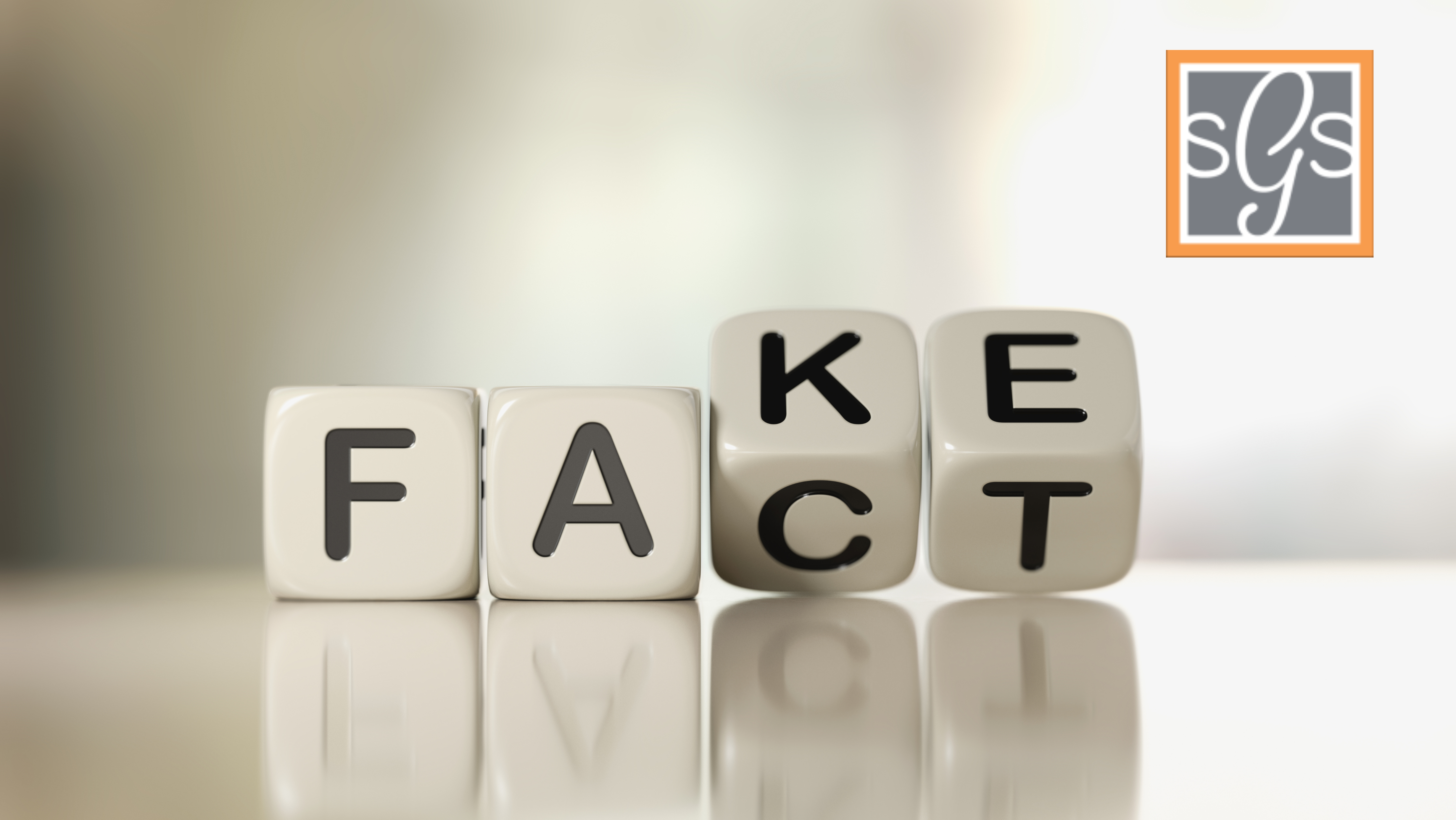How to Avoid Being Fooled by Misleading News and Information Online
Written by Gillian Lao
Utilize the SHARE checklist to help you spot false information
The internet is a wonderful source of information, entertainment, and communication. But it can also be a place where false or misleading information is spread, either intentionally or unintentionally. This can have serious consequences for our health, safety, and democracy.
What is misleading information online?
Misleading information online is any information that is not true, accurate, or complete. It can take many forms, such as:
- Fake news: News or stories on the internet that are not true. They may be in the form of disinformation or misinformation.
- Disinformation: False information that is created and shared to deliberately cause harm.
- Misinformation: Misleading information that is created or shared without a deliberate intent to cause harm.
- Doctored images and videos: Images and videos that have been altered or manipulated to change their meaning or context.
- False information shared on social media: Posts, comments, or messages that contain false or inaccurate information, often spread by bots or fake accounts.
- Scam advertisements: Ads that try to trick people into buying products or services that are not what they seem, or that may harm them.
Why is misleading information online harmful?
Misleading information online can pose a risk to the health and safety of individuals, as well as society more generally. For example, it can:
- Cause confusion, fear, or panic among the public.
- Undermine trust in the media, science, and authorities.
- Influence people’s opinions, beliefs, and behaviors in harmful ways.
- Interfere with democratic processes and elections.
How can you spot and avoid misleading information online?
Here’s some simple steps you can take to protect yourself and your friends from false information online.
SHARE checklist
- Source: Check the source of the information. Is it from a reputable organization or person? Do they have a history of spreading false information? Do they have an agenda or bias?
- Headline: Check the headline of the story. Is it sensationalist, exaggerated, or clickbait? Does it match the content of the story?
- Analyse: Check the facts and evidence in the story. Are they supported by reliable sources? Are they consistent with other sources? Are they up to date?
- Retouched: Check the images and videos in the story. Are they authentic or edited? Do they match the context of the story? Can you find them elsewhere online?
- Error: Check for errors in the story. Are there spelling, grammar, or logical mistakes? Are there inconsistencies or contradictions in the story?
If you are not sure about the accuracy or reliability of a piece of information online, do not share it with others. You can also report it to the platform where you found it or contact a fact-checking organization for verification. Remember, things aren’t always what they seem online.

